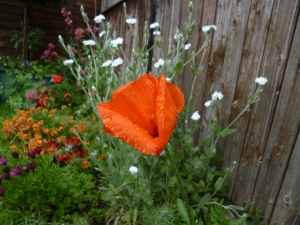Trefflich
Ach, wozu noch Meeresblau
je beschwören und wozu
Wellenschlag und Morgentau,
wenn ein Paar bestickter Schuh
bunt aus Schutt und Asche schaut,
– angefaucht und fortgefegt –
und die namenlose Braut
nie mehr ihre Füße hebt,
nie ein Kind zum Himmel hält…
Ach, wie bleibt das Meer bloß blau?
Denn es stirbt die ganze Welt,
frißt der Drache eine Frau.
Fällt die Kugel einen Mann,
klagt ein ganzes Engelheer.
Lautlos schreit ein Schlüsselbund
aus dem Schrott,– doch hört ihn wer?
Paßt der Schlüssel auch ins Schloß,
hängt die Tür in schräger Wand,
denn ein treffliches Geschoß
riß das Haus halb in den Sand.
Immer wieder gibt es Krieg
voller Lügen, voller Lärm.
Niemals aber gibt es Sieg,
nur die Hoffnung wie ein Stern.
Christina Egan ©2024
(Gazakrieg)
In this poem, War is personalised as a hissing dragon burning, devouring, or blasting away everything in its way.
The title is a pun on an old word for “excellent”, literally “hitting precisely”: in a war, success is based on destruction.
On October 7th, 2023, the Palestinian terror organisation Hamas committed a massacre and mass abduction in Israel, whereupon the Israeli Government launched a war on the Palestinian territory of Gaza. It has since attacked the West Bank and invaded neighbouring country Lebanon, where the terror organisation Hezbollah de facto rules. The aim on both sides is evidently genocide. This is destruction against destruction, revenge upon revenge, genocide versus genocide.

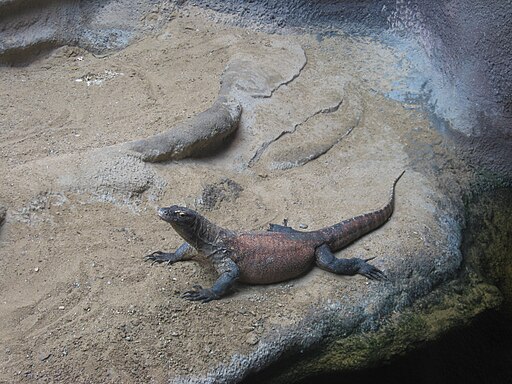
 The oil-lamp flickered, the officers frowned
The oil-lamp flickered, the officers frowned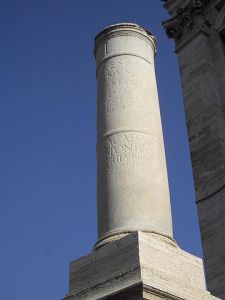
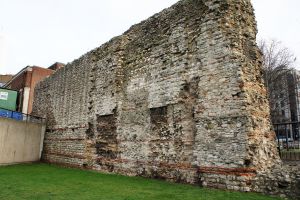
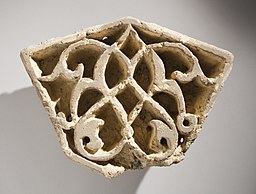
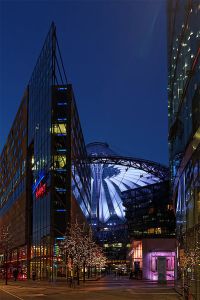
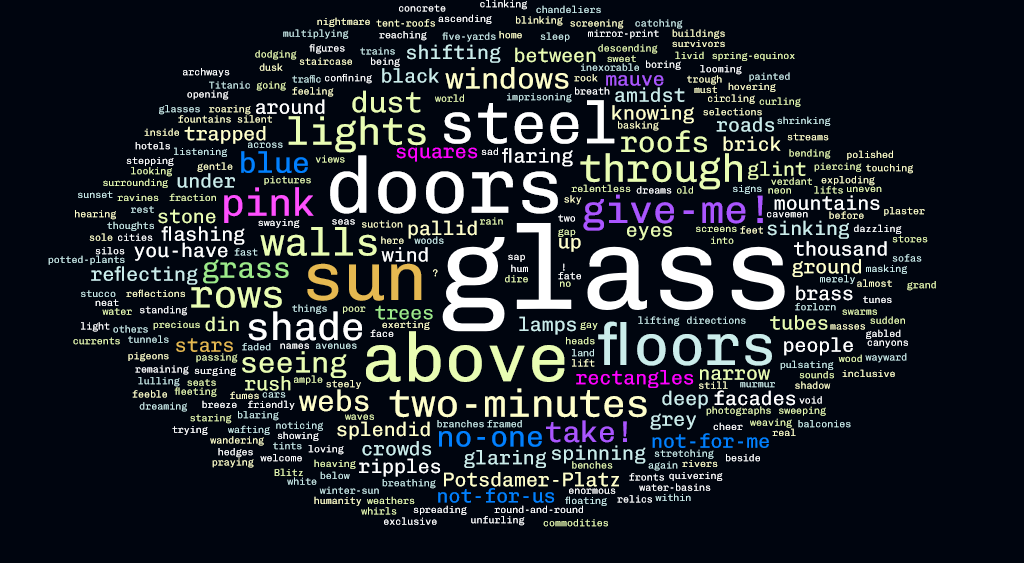
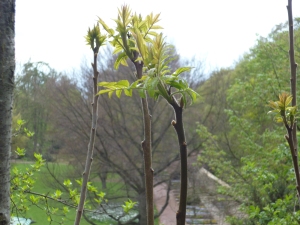 ein jeder blumenkranz
ein jeder blumenkranz